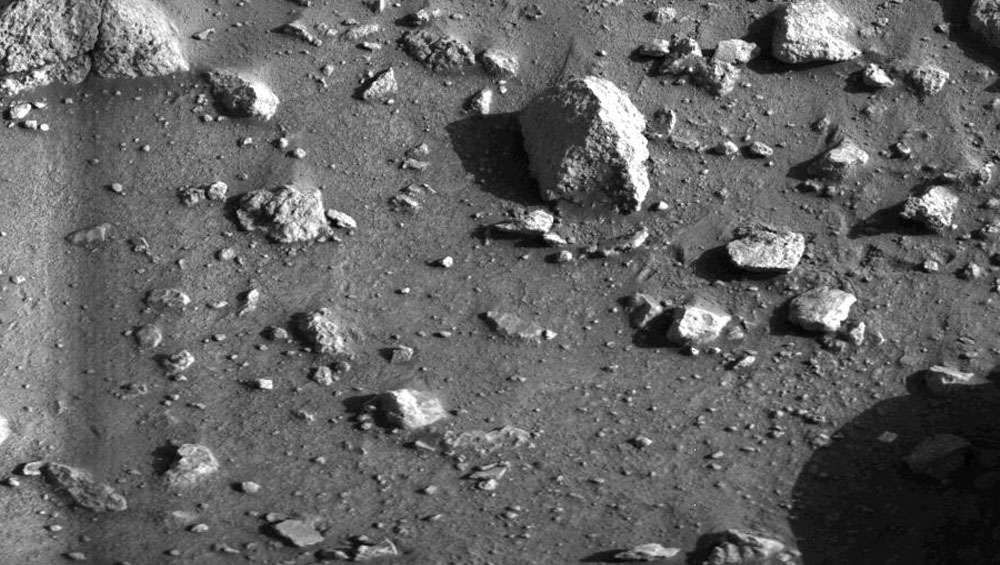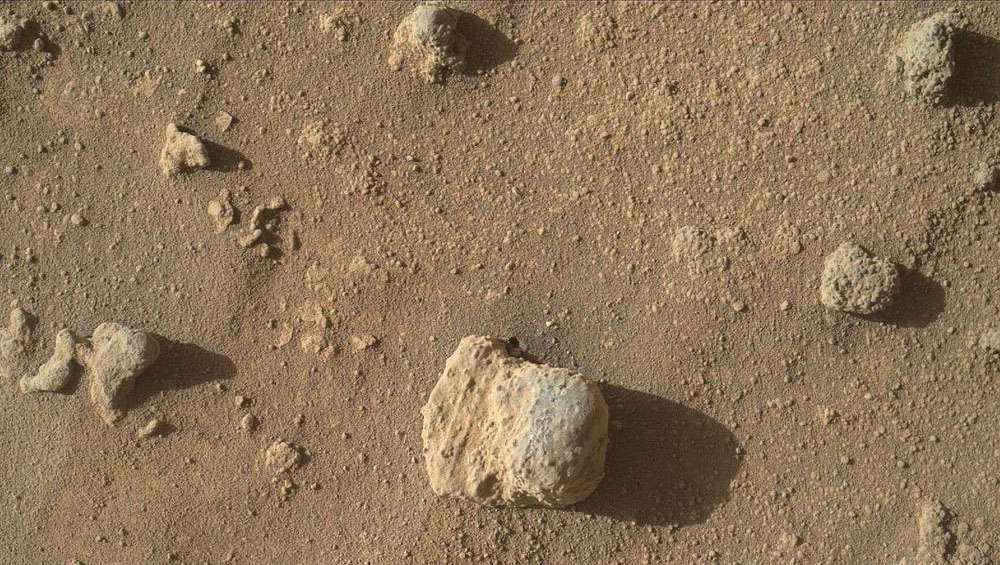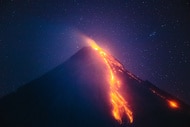Create a free profile to get unlimited access to exclusive videos, sweepstakes, and more!
Mars may look like an alien wasteland, but we now have more evidence it could have once been another Earth

There is a reason Perseverance landed where it did, and that reason goes back at least 3.5 billion years.
Early Mars is thought to have been Earthlike before solar radiation and cosmic other forces killed its atmosphere. This explains why the rover that has now gone viral in the Twitterverse and just about everywhere else touched down in Jezero Crater, which is thought to have once been a huge lake that could have also been crawling with microbial life. Scientists have now found evidence that Mars went through the same phase as Earth before both planets got their atmospheres — something that has not been proven until now.
“On Earth, oxidation happened because of the evolution of oxygenic photosynthesis. On Mars, we do not see any evidence that anything like that occurred there,” planetary scientist Joseph Michalski, who coauthored a study recently published in Nature Astronomy, told SYFY WIRE. "Also, an oxidizing atmosphere does not imply abundant oxygen. It just means that the atmosphere could 'steal' electrons from other gases."
The timing for this discovery was right on. Perseverance has started searching the Red Planet for any potential signs of life, and that life — if it was anything like like as we know it — would have required an atmosphere. But wait. Before you can figure out around when Mars started get an atmosphere, and what it was like with an atmosphere (kind of hard to imagine looking at what is now a space desert), you have to back up further to before it even had an oxidized atmosphere. There is a time that things didn’t rust on Earth or Mars because there was not enough oxygen in the atmosphere to interact with substances rich in iron.
Instead of an oxidized atmosphere, both Earth and Mars once had a reduced atmosphere. This is not the same as the massive reduction in atmosphere the Red Planet experienced after most of its atmosphere was decimated by solar winds and other cosmic forces. A reduced atmosphere is made up of mostly reduced gases like methane, ammonia, and hydrogen sulfide, which are hydrogen-rich rather than oxygen-rich. Humans would not have been able to handle breathing in this poison. However, there are microorganisms that are fueled by methane right here on our planet, so it wouldn’t be impossible for Mars.
What made Mars habitable once was its own greenhouse effect. While greenhouse gases have been demonized on Earth because too much carbon dioxide and other types have been released into the atmosphere from human pollution, the right amount of these atmospheric gases is necessary to warming up a planet just enough so life-forms can thrive.
"We used geological observations to confirm theoretical models of atmospheric properties. The results are significant because they demonstrate the viability of reduced gases such as methane or hydrogen for forming short term, strong greenhouses on Mars," Michalski said. "We have known for years that CO2 is unlikely to explain greenhouse warming on Mars. This work helps solve that mystery."
Previous studies had assumed that on Mars, this phenomenon happened with reduced gases instead of CO2, meaning the planet must have had a reduced atmosphere. Evidence of this was finally found by Liu and his team when they investigated spacecraft data of weathered Martian rocks that showed signs of having been exposed to such an atmosphere. So what could Perseverance possibly find in those rocks?
"It is possible that Perseverance will detect mineral assemblages within the putative lake sediments that would indicate reduced surface fluids," Michalski said.
"That would be an interesting test for our model. Eventually, the rover should climb out of Jezero crater onto the plains and explore more standard, ancient Noachian terrain (not just lake sediments). If we make it that far, those results will also be interesting for exploring ancient weathering patterns."
An orbiting spacecraft remotely examined rocks on the surface of Mars. This spacecraft was equipped with an instrument capable of infrared spectroscopy, which revealed the chemistry of these primordial rocks. When infrared light hits a target, it interacts with the molecules that make up that object. How the object in question absorbs, reflects or emits this light can give away what its chemical composition is like. What the researchers wanted to know was the composition of the paleosols on Mars, soils that formed eons ago and are physical and chemically unrelated to soils that formed more recently. This is how they identified a chemical sign of weathering caused by a reduced atmosphere.
Mars later underwent an oxidation event much the Earth’s Great Oxidation Event on Earth, though during a different time and possibly for different reasons. Earth’s atmosphere became oxidized because of oxygen was a by-product of processes like photosynthesis in early organisms. Proving that Mars had a reduced atmosphere before its oxidation event happened could mean life was somehow involved in the shift. Now that he has revealed more about the Red Planet's past, Michalski is going to be taking his research further in the future.
"We plan to apply this model to results from the Curiosity rover in Gale crater," he said. "We also are looking at the mineralogical evidence for climate transitions throughout the planet. There is an intresting story to be told, which we hope to tell very soon."
As Perseverence surveys Jezero Crater, it may find more to support this discovery ,and maybe even a fossilized microbe.















